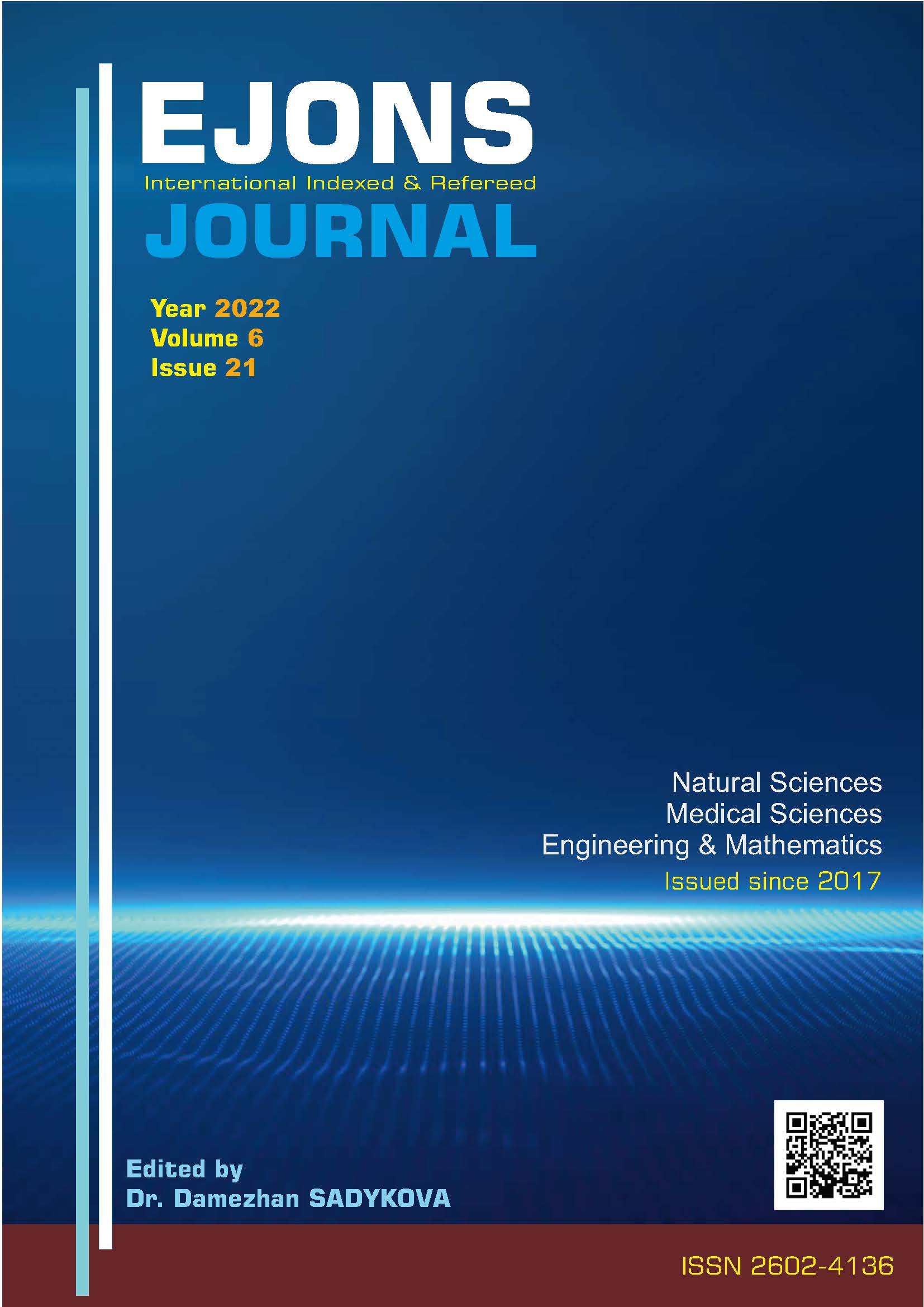CHARACTERIZATION OF ITS2 SECONDARY STRUCTURE IN SOME ASYNEUMA GRİSEB. & SCHENK (CAMPANULACEAE) SPECIES AND ITS TAXONOMICAL UTILITY
DOI:
https://doi.org/10.38063/ejons.625Keywords:
Asyneuma, Campanulaceae, ITS2, secondary structureAbstract
Internally transcribed spacers (ITS) of ribosomal RNA sequences have proven useful for determining phylogenetic relationships among organisms. Although ITS1 and ITS2 are highly variable in sequence, they have conserved structures that have a key function in processing rRNA gene transcripts. Identifying such a conserved motif can help define relationships between organisms. Since ITS2 has a conserved secondary structure, these structures are frequently used by researchers. In this study, ITS2 secondary structures of seven different taxa belonging to the genus Asyneuma were determined. In ITS2, nucleotide changes on both sides of paired base pairs, called Compensatory Base Changes (CBC's), are widely used to detect relationships between species. In this study, the Compensatory Base Changes of the ITS2 secondary structure and their taxonomic usability were also tested. Analyzes showed that some taxa of secondary structures were also preserved; whereas some taxa are structurally different. to distinguish between In addition, it shows that the CBC detected between taxa can be used taxonomically. On the other hand, each taxa has a protected zone that is common among land plants. The taxonomic usability of differences in ITS2 secondary structure in members of the genus Asyneuma has been demonstrated by this study.
Downloads
Published
How to Cite
Issue
Section
License

This work is licensed under a Creative Commons Attribution-NonCommercial 4.0 International License.


